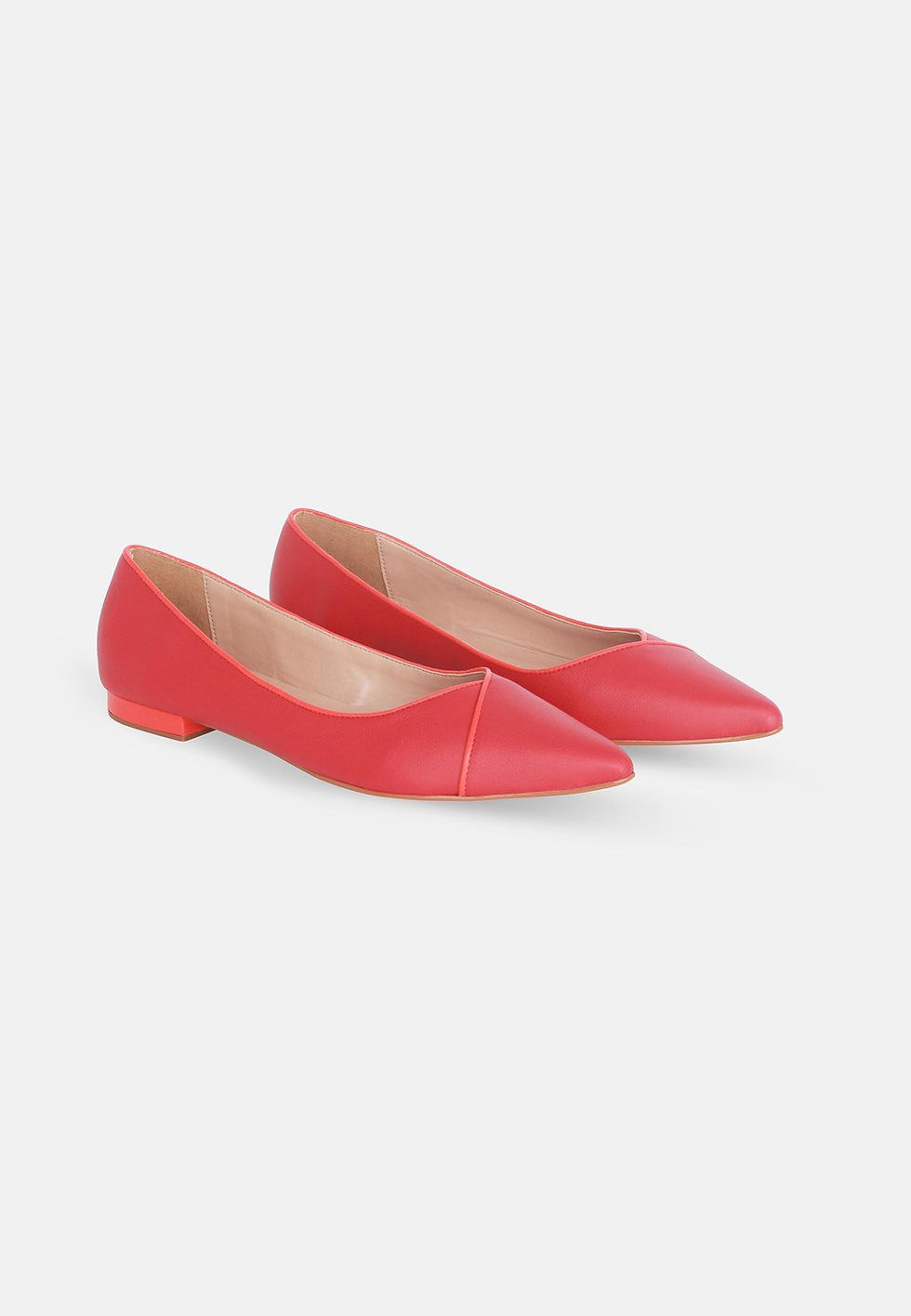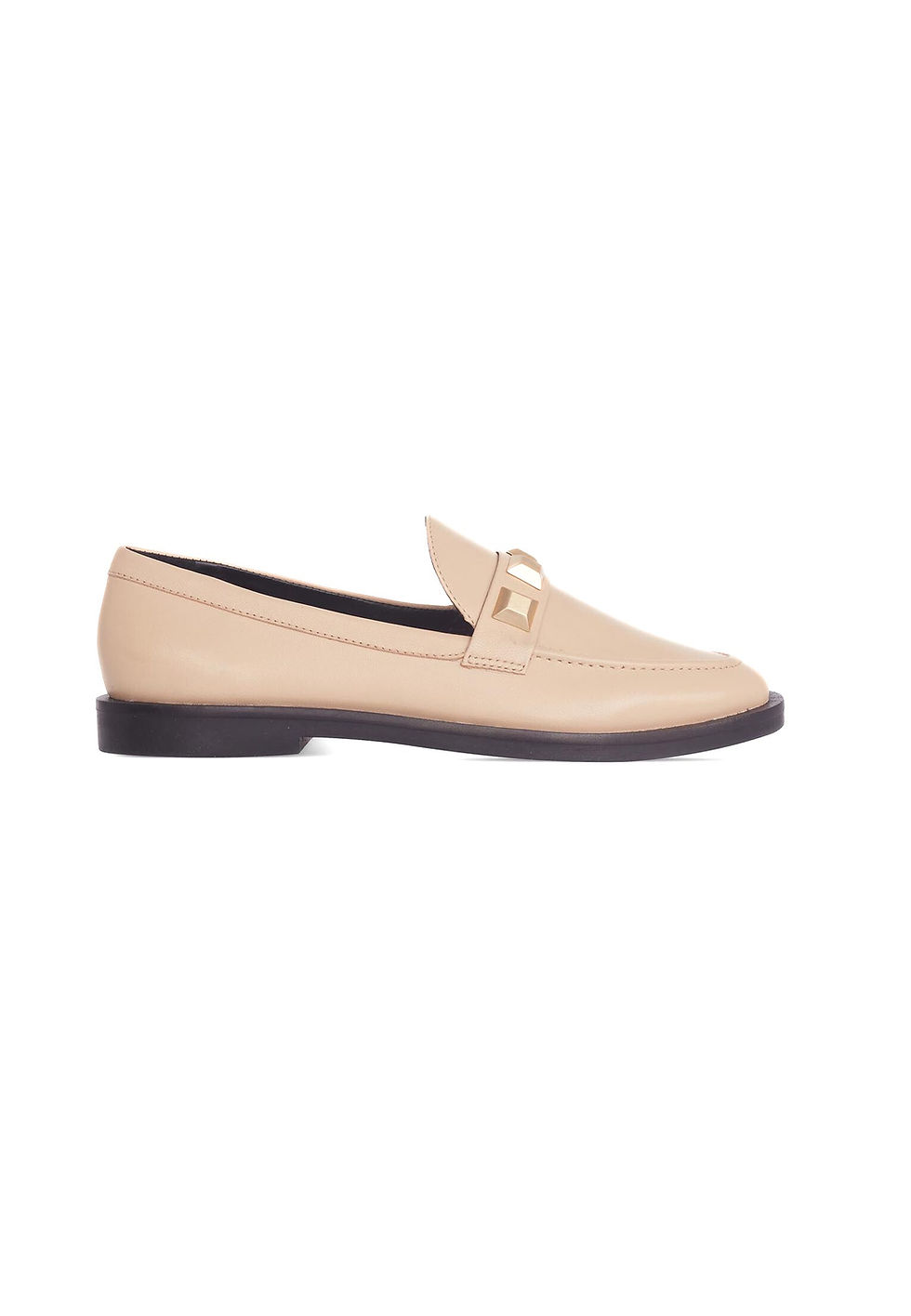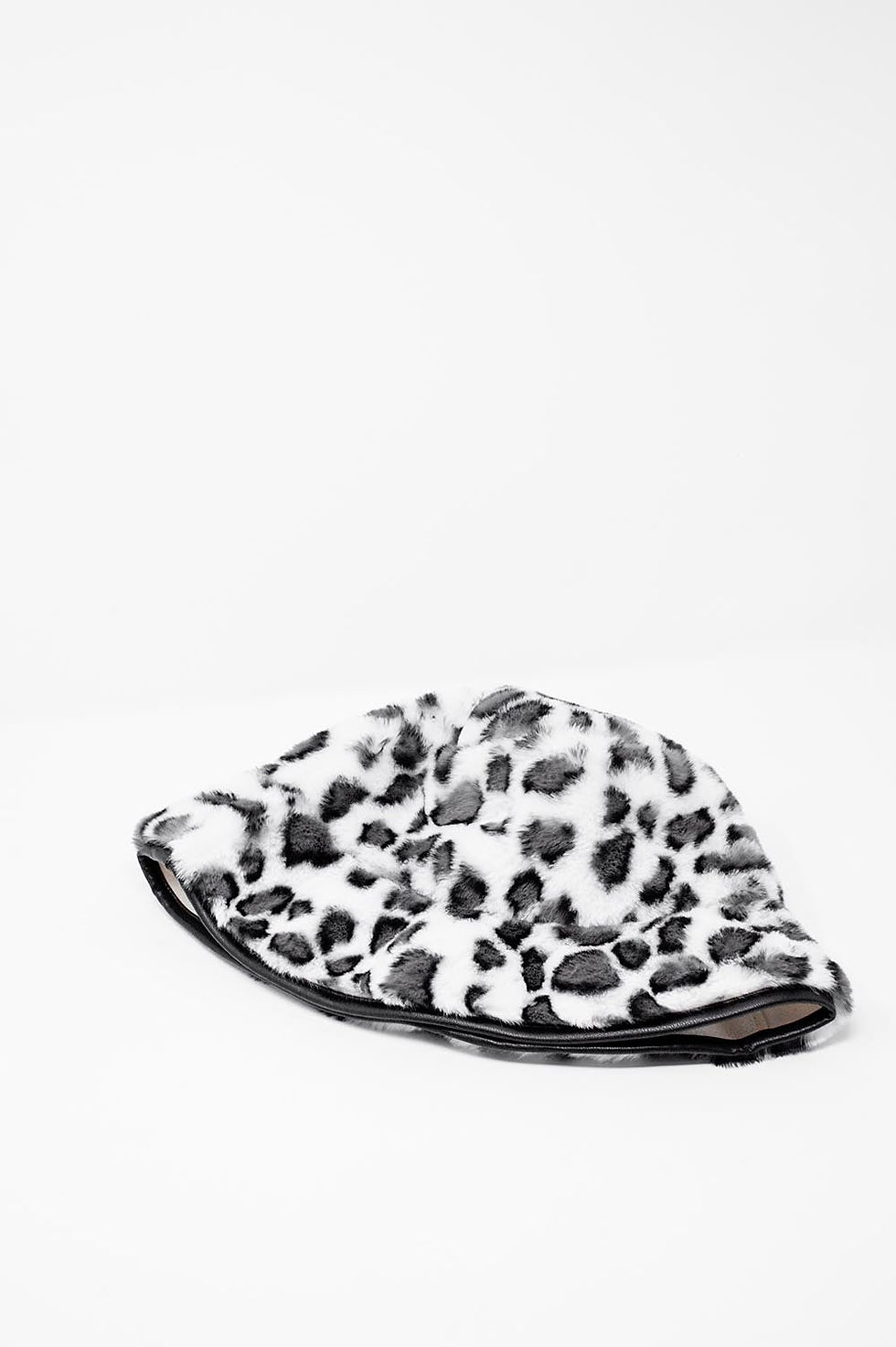Living and non-living things, seed, flower, pollination and leaf revision quiz
- Ngechent

- Feb 5, 2022
- 3 min read
Advertisements
Living and non-living things
Living and non-living things
Read our General Knowledge Revision e-book.
Living and non-living things
Anything that has weight and occupies space is called _____ Matter
Matter is never created or destroyed it only _____ changes form.
Matter is anything around you that you can ____ see, touch, smell or feel
Matter can be ____ solids, liquids, gasses, or plasma.
Two main kinds of matter are ______ Living and non-living matter or things.
The characteristics of living matter include ________Movement, Nutrition, Reproduction, Excretion, Respiration, Growth and Irritability.
Examples of dead or non-living matter are________ stone, water, air, sunlight, temperature, water, air, wind, rocks, and soil.
Examples of living matter are ___ Flowers, trees animals, human beings, birds, insects, fungi,
Examples of transformed matter are ____ Pen, Chair, Bedsheets, Paper, Bed, Book, Clothes, and Bag.
What can living things do and what can non-living things not do?
Advertisements
Living and non-living things
Advertisements
THE SEED
A young plant at its dormant stage ready to germinate when conditions become favourable is called ________ seed.
The part of the seed known as the actual seed where the plumule and the radical start growing is called the___________ embryo
The first shoot of a germinating plant is called the_______ plumule
The first root of a germinating plant is the ______________radicle
The conditions necessary for seed germination include ______________________ sufficient warmth, fertile soil, air and a good seed
Germination, where the seed leaves are carried above the soil, is called_______________epigeal germination
Germination, where the seed leaves are left in the soil, is called_______________hypogeal germination
Species or plants that germinate with more than one embryonic or seed leaf are called____________ dicotyledonous or dicots.
Species or plants with one seed leaf or cotyledon are called ____________ monocotyledonous (“monocots“).
Examples of monocots are _____________ bamboo, bananas, corn, garlic, ginger, onions, rice, sugarcane, tulips, and wheat.
Monocots are mostly ______bulbing plants and grains
Examples of dicots are _____________ apples, beans, broccoli, carrots, cauliflower, cosmos, daisies, peaches, peppers, potatoes, roses, sweet peas, and tomatoes.
Dicots are mostly ________ garden flowers, legumes, the cabbage family,
Advertisements
SEED DISPERSAL
The spreading of seeds from the parent plant to other areas is called __________ seed dispersal
The agents of seed dispersal include_____________ the wind, water, man and animals, and by the explosion.
An example of a seed spread by the wind is ________ cotton seed.
Examples of seeds spread by man and animals are ____ pepper, pear
A plant with one growing season is called __________ an annual plant.
A plant with more than two growing seasons is called ___ a perennial plant.
Advertisements
THE FLOWER
The brightly coloured parts of a flower are called _________the petals.
Many petals form the________ corolla.
The Ovules style and stigma form the female part of the flower called ___________ the pistil.
The anthers, pollen grains, and filaments form the male part of a flower called ____________ the stamen.
The union of the pollen grains and the ovules to form seeds is called _______________ fertilization.
A plant or animal with male and female parts on the same body is a __________ hermaphrodite (maize, earthworm).
Advertisements
POLLINATION
The transfer of pollen grains from the anthers to the stigma of plants is called ____________ pollination.
The transfer of pollen grains from the anthers to the stigma of the same plant is called ____________ self-pollination.
The transfer of pollen grains from the anthers to the stigma of another plant of the same species is called _____________ cross-pollination.
Insect-pollinated flowers are brightly coloured and are pollinated by ______ insects.
Wind-pollinated flowers are _____ and are pollinated by the wind. dull in colour
Insect-pollinated flowers contain sweet juice called _______ nectar.
Fruits that when dry split release their seeds are called ______ dehiscent fruits (eg beans)
Fruits which do not release their seeds when dry are called _________ indehiscent fruits.
Advertisements
LEAVES
There are two main types of leaves namely _____ and _____ simple leaves and compound leaves.
A simple leaf is one that has only____ one leaflet.
A compound leaf is one that has _____on the same stalk. many leaflets
The functions of the leaves to the plant include____ ____ ____ food preparation ( i.e. photosynthesis), Respiration and transpiration.
Plants breathe through tiny holes on the leaves called______ stomata.
The stomata are formed on the ______ of the leaf. lower rough surface or back part
The sending out of excess water by plants through the stomata on the leaves is called __________transpiration.
Advertisements
Living and non-living things Read our General Knowledge Revision e-book.
#leaves #methodsofseedgermination #seed #characteristicsofnonlivingthings #livingandnonlivingthings #partsofaflower #dicots #ENVIRONMENTALSCIENCERevisiononLivingandnonlivingthings #flower #monocots #hypogealgermination #agentsofseeddispersal #pollination #epigealgermination #theflower #characteristicsoflivingthings #kindsofleaves #dicotyledonous #nonlivingthings #whatispollination #dicotyledons #seeddispersal #monocotyledonous #functionofleavestotheplant #theseed #livingthings











































































































































Comments